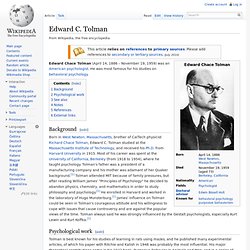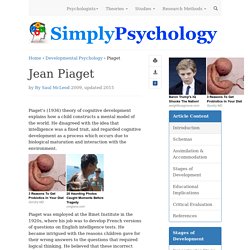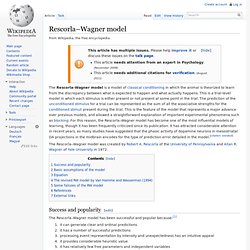

The Gordon Institute for Music Learning. Gordon Music Learning Theory. Music learning sequences[edit] Music Learning Theory uses three basic learning sequences - skill learning, tonal content, and rhythm content.[4] As a method of instruction, the learning sequences are combined in various learning sequence activities which, in turn, can be combined with classroom activities.

In this method a skill level cannot be achieved except in combination with a tonal or rhythm content level.[5] Audiation[edit] According to Gordon, “audiation is to music what thought is to speech. Music aptitude and standardized testing[edit] Music Learning Theory explicitly takes into account students' differing potentials for musical achievement when designing their individual learning programs.
"The fact is, music aptitude is something we're born with; it's an innate capacity, and unless it's nurtured at an early age, by age 9 nurturing will no longer help. " – Edwin Gordon [12] Gordon’s research shows that both nature and nurture contribute to musical aptitude. Further reading[edit] Edward C. Tolman. Edward Chace Tolman (April 14, 1886 – November 19, 1959) was an American psychologist.

He was most famous for his studies on behavioral psychology. Background[edit] Born in West Newton, Massachusetts, brother of CalTech physicist Richard Chace Tolman, Edward C. Tolman studied at the Massachusetts Institute of Technology, and received his Ph.D. from Harvard University in 1915. Most of his career was spent at the University of California, Berkeley (from 1918 to 1954), where he taught psychology. Psychological work[edit] Tolman is best known for his studies of learning in rats using mazes, and he published many experimental articles, of which his paper with Ritchie and Kalish in 1946 was probably the most influential. Although Tolman was firmly behaviorist in his methodology, he was not a radical behaviorist like B.
Tolman Hall Dedication Ceremony, 1963, left to right Clark Kerr, Kathleen Tolman, Edythe Brown (wife of department chair), Chancellor Edward Strong, Ernest R. Jean Piaget. By By Saul McLeod 2009, updated 2015 Piaget's (1936) theory of cognitive development explains how a child constructs a mental model of the world.

He disagreed with the idea that intelligence was a fixed trait, and regarded cognitive development as a process which occurs due to biological maturation and interaction with the environment. Piaget was employed at the Binet Institute in the 1920s, where his job was to develop French versions of questions on English intelligence tests. He became intrigued with the reasons children gave for their wrong answers to the questions that required logical thinking. He believed that these incorrect answers revealed important differences between the thinking of adults and children. Piaget (1936) described his work as genetic epistemology (i.e. the origins of thinking).
What Piaget wanted to do was not to measure how well children could count, spell or solve problems as a way of grading their I.Q. Piaget's Theory Differs From Others In Several Ways: Schemas. Rescorla–Wagner model. The Rescorla–Wagner model is a model of classical conditioning in which the animal is theorized to learn from the discrepancy between what is expected to happen and what actually happens.

This is a trial-level model in which each stimulus is either present or not present at some point in the trial. The prediction of the unconditioned stimulus for a trial can be represented as the sum of all the associative strengths for the conditioned stimuli present during the trial. This is the feature of the model that represents a major advance over previous models, and allowed a straightforward explanation of important experimental phenomena such as blocking. For this reason, the Rescorla–Wagner model has become one of the most influential models of learning, though it has been frequently criticized since its publication.
The Rescorla–Wagner model was created by Robert A. Success and popularity[edit] The Rescorla–Wagner model has been successful and popular because:[1] Equation[edit] and. Clark L. Hull. Clark Leonard Hull (May 24, 1884 – May 10, 1952) was an influential American psychologist who sought to explain learning and motivation by scientific laws of behavior.

Hull is known for his debates with Edward C. Tolman. He is also known for his work in drive theory. Hull spent the mature part of his career at Yale University, where he was recruited by the president and former-psychologist, James Rowland Angell. He performed research demonstrating that his theories could predict behavior. A CASE FOR FREE WILL AND DETERMINISM. By Ben Best This collection of essays is not a systematic presentation of a thesis.

Instead, it is pieces in the development of my thinking written at different times — presented in chronological order. The later material reflects my current belief that the use of the word "free" in the determinism controversy confuses metaphysical issues with political issues. I have not changed the titles or the use of the word "free" in the earlier essays because they contribute to the development of my view. Some people consider it impossible to advocate both determinism and free will. Determinism is the view that all events have causes. The word "freedom" does not mean "freedom from causality or materialism", it means "freedom from compulsion or restraint".